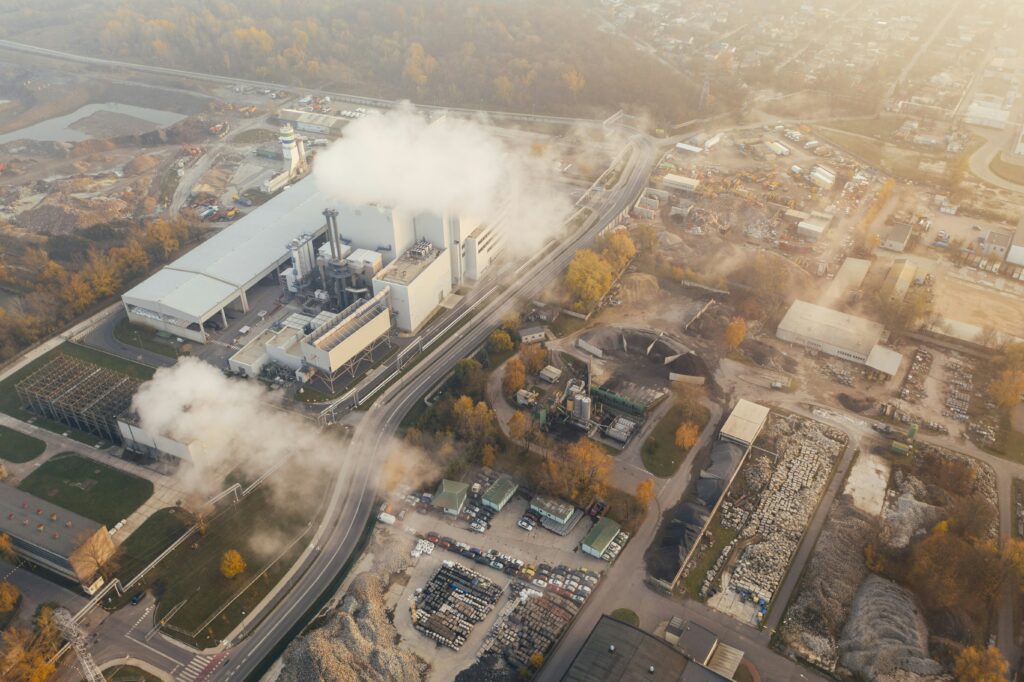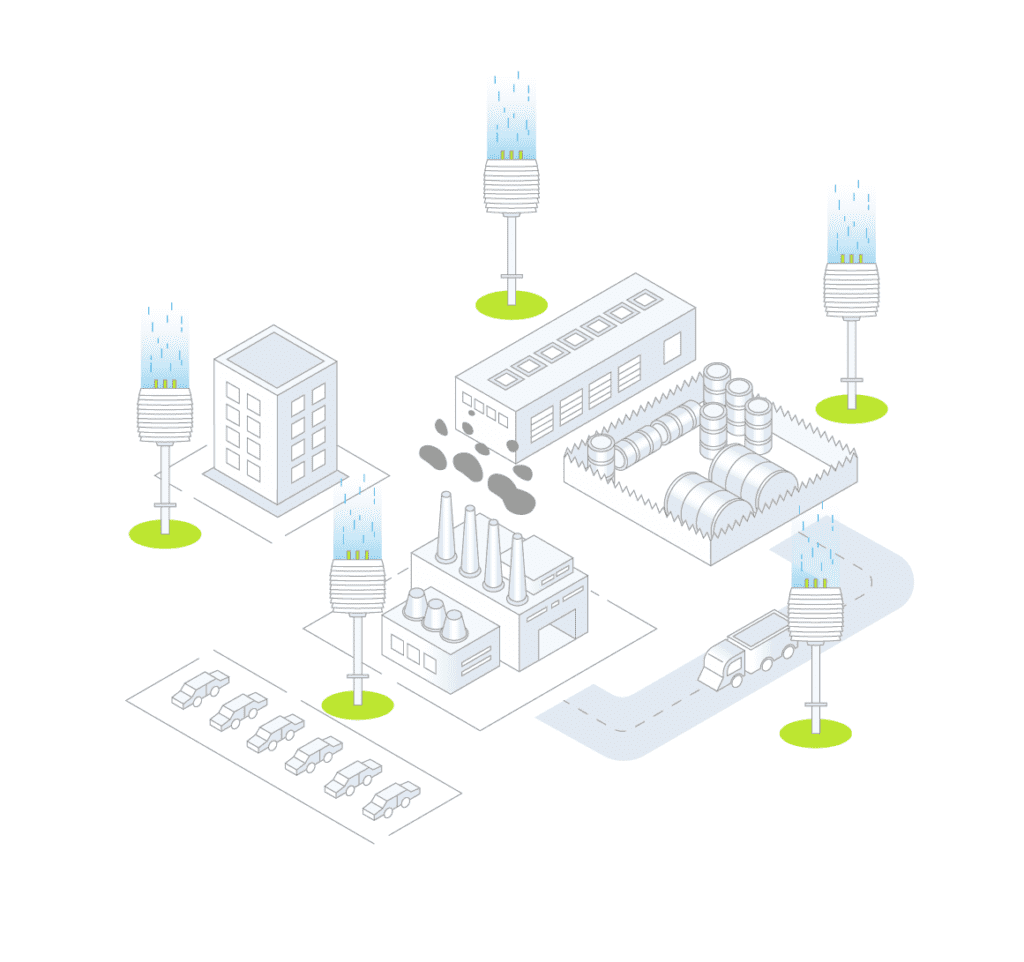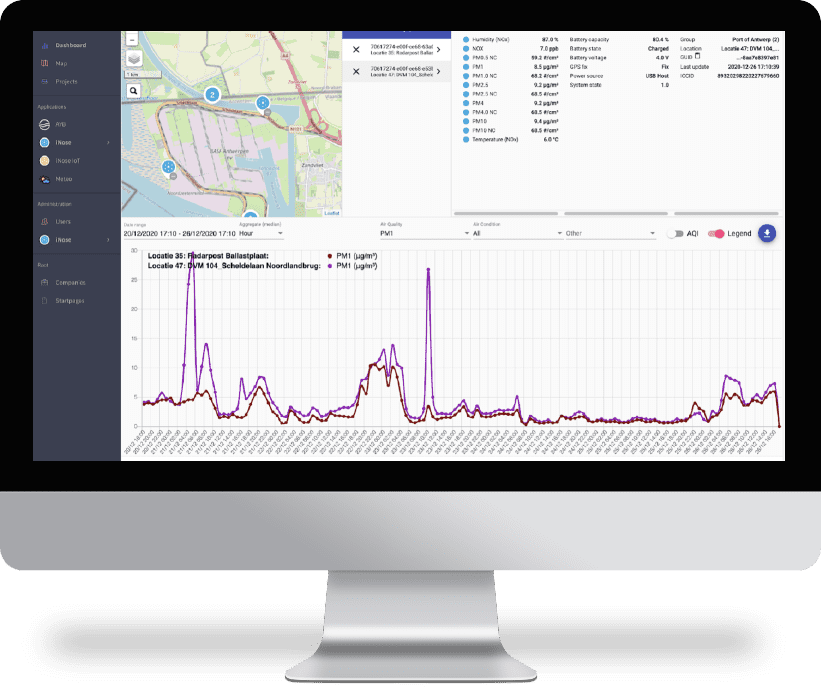In the field of odour management, traditional sniffer measurements have been a mainstay for some time. Conducted by teams of trained individuals, these measurements rely on human perception to assess and quantify odour intensity, often resulting in varied outcomes due to subjectivity. The results of these measurements, typically expressed in odour units, are critical in identifying and localizing the sources of odour.

However, the limitations of sniffer measurements are becoming increasingly apparent. Their subjective nature, lack of continuity, and time-consuming process, coupled with the limited scope of detection, often leave much to be desired in comprehensive odour management.
In contrast, Qweriu’s approach with iNose technology and the STINX app offers a more sophisticated and holistic solution. The iNoses provide continuous, real-time monitoring and objective data that is not influenced by human perception. They are capable of detecting a broader range of odour components, including those undetectable to the human nose. Furthermore, the STINX app enables community members to report odour complaints efficiently, adding an additional layer of data and community engagement to the process.

This integration of technology and community input allows Qweriu to offer deeper insights into the sources and patterns of odour nuisance, facilitating the development of more effective solutions. Through continuous monitoring and objective data analysis, Qweriu’s solutions address the shortcomings of traditional sniffer measurements, paving the way for more informed decision-making and proactive environmental management.
Qweriu’s innovative approach is not just about identifying odour problems but is also a step towards better communication and relationships between businesses, governments, and communities. By replacing subjective assessments with data-driven solutions, Qweriu is leading the way in modernizing odour management.

Advantages of sniffer measurements
Human Perception: Sniffer measurements mimic human experience as they utilize the human sense of smell.
Qualitative Data: They provide qualitative data about the nature of the odour, useful for initial assessments.
Disadvantages of sniffer measurements
Subjectivity: Results depend on individual perceptions and can vary among different sniffers.
Limited Continuity: They do not offer continuous monitoring and are often snapshots in time.
Labor-Intensive and Time-Consuming: Sniffer measurements require personnel deployment and are time-consuming.
Limited Detection: Not all odour components can be detected by human olfaction.
Qweriu's solution
We offer an advanced alternative thanks to our iNose technology and STINX mobile app.
- 24/7 Real-Time Monitoring: iNoses provide continuous monitoring, offering a more detailed and consistent picture of odour nuisances over time.
- Objective Data: iNoses deliver objective, quantitative data that is not influenced by human perception.
- Wider Range: Electronic noses can detect a broader range of odour components, even those undetectable to humans.
- Community Engagement: The STINX app allows community members to report odour complaints, adding an additional layer of data and involvement.
- Data Analysis and Integration: By combining data from iNoses and STINX, Qweriu can offer in-depth insights, aiding in the identification of odour sources and the development of effective solutions.
